Deck & Commander Strategies

Bosh, Iron Golem
This deck uses Bosh's ability to fling artifacts at opponents, dealing significant damage. It aims to control the board with powerful artifact synergies.
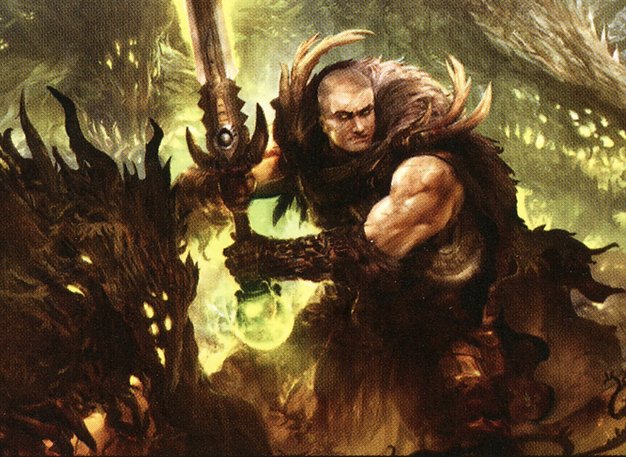
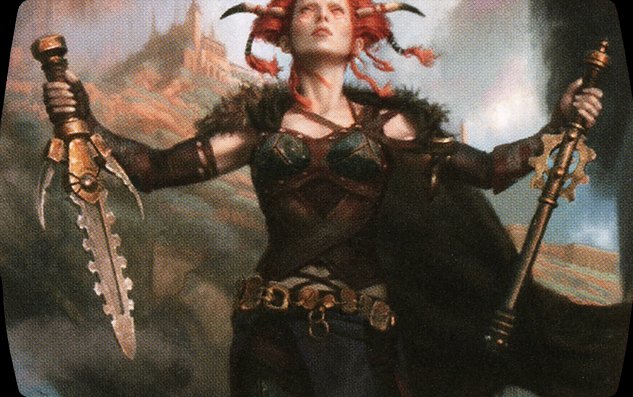
Kamahl, Heart of Krosa / Jeska, Thrice Reborn
This deck seeks to leverage the power of tripling effects from Jeska with Kamahl's ability to buff creatures. It aims to win through overwhelming combat damage.

Veyran, Voice of Duality
Veyran's deck focuses on casting spells and triggering Magecraft to buff Veyran and deal damage. It aims to win through commander damage.
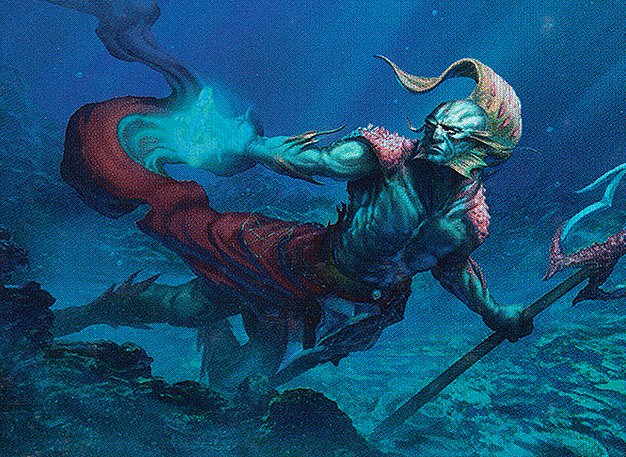

Akiri, Line-Slinger / Thrasios, Triton Hero
This deck utilizes Akiri's power boost from artifacts and Thrasios's ability to draw cards and ramp. It aims to maintain card advantage and control the board.
Gameplay Insights
- 1
Jim's use of Jeska's ability to deal damage to multiple targets was a pivotal moment in the game, signifying a significant shift in the game state.
- 2
The casting of Hoarding Ogre by Eliot introduced an unpredictable element into the game with its treasure-generating ability.
- 3
Jan's decision to hold back and pass the turn could be indicative of a reactive playstyle, saving instant-speed interaction for opponents' turns.
Notable Cards
-

Rampant Growth
-

Arcane Signet
-
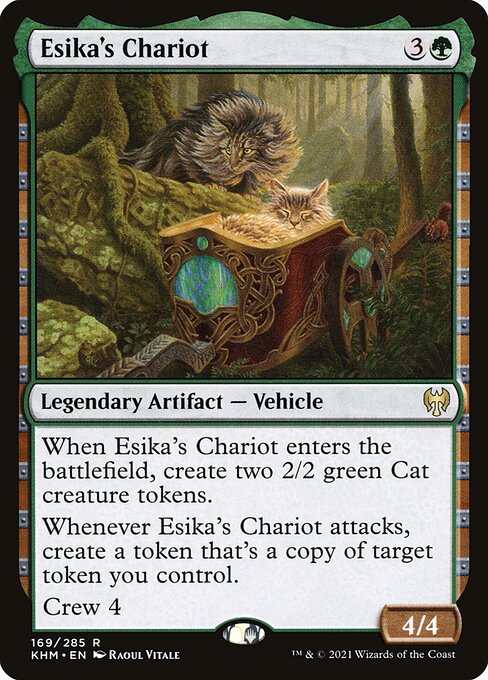
Esika's Chariot
-
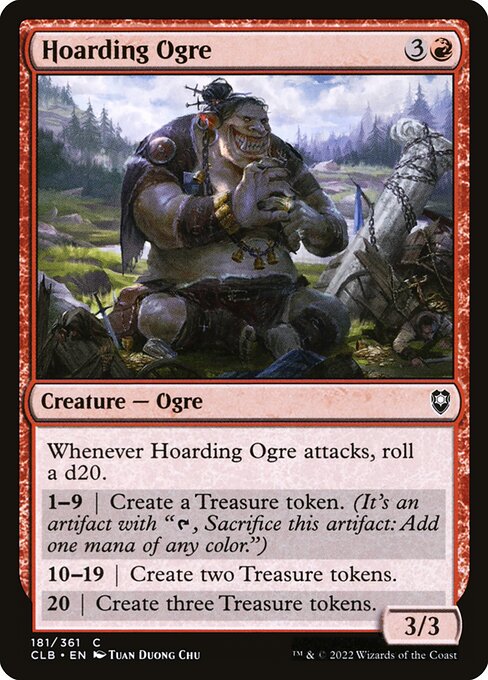
Hoarding Ogre
-

Veyran, Voice of Duality
Gameplay Summary
The game started off with each player setting up their mana bases and casting their commanders.
Jim's Kamahl/Jeska deck focused on a theme of tripling effects, while Jan's Veyran deck concentrated on spell casting and combat.
Aaron's Bosh deck sought to leverage the power of artifacts, and Eliot's Akiri/Thrasios deck aimed to generate value through creating and manipulating game objects.
As the game progressed, the players engaged in a tense battle of resources and strategy.
A key turning point occurred when Jim's Jeska was used to deal damage to multiple targets, significantly shifting the game state.
The game saw a series of powerful plays and counters, with each player vying for board dominance.


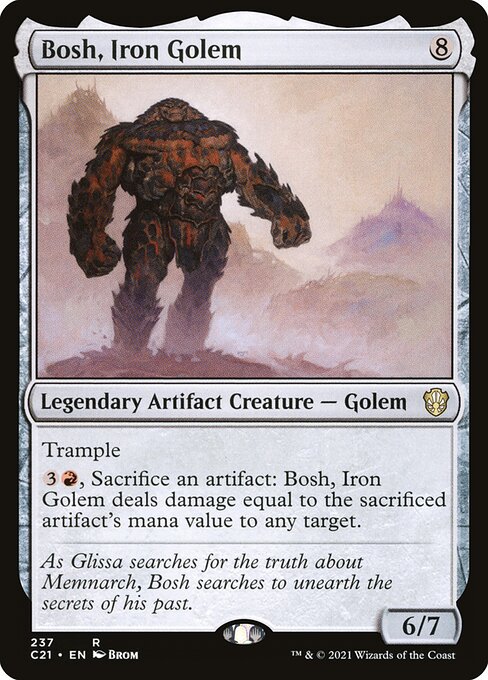



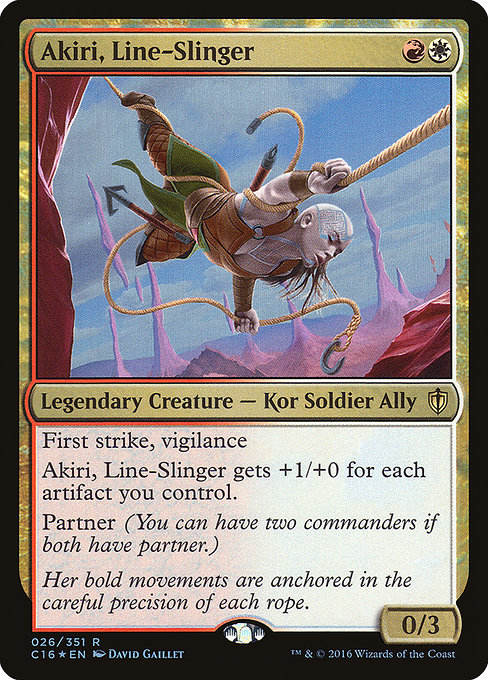













![Commander VS S6E1: Vorel vs Ghost Council of Orzhova vs Bosh vs Varolz [MTG] thumbnail](https://i.ytimg.com/vi/mFRQJMI6GOc/sddefault.jpg)
![Commander VS S4E5: Rakdos vs Geist vs Bosh vs Wrexial [MtG: Multiplayer] thumbnail](https://i.ytimg.com/vi/u4s3IlCLlpk/sddefault.jpg)















![Commander VS S17E6: ??? VS ??? VS ??? VS ??? [EDH] thumbnail](https://i.ytimg.com/vi/ODbd-5aQLSM/sddefault.jpg)












